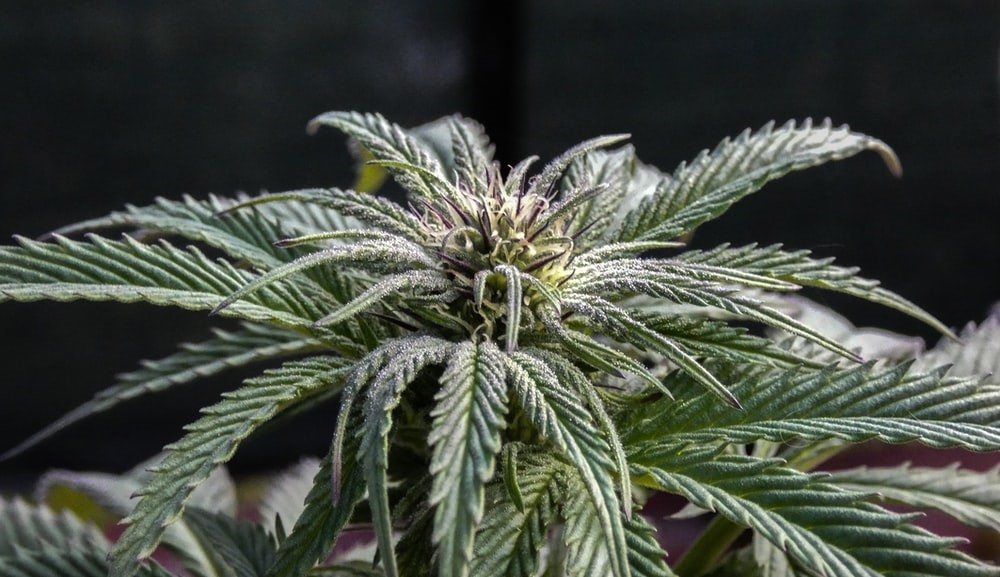
Familiarise yourself with the cultivation of indicas, sativas and hybrids. The cannabis plant is versatile, resilient and – unlike many plant species – can survive in almost any climate in the world. However, through evolution (and later selection), the species has adapted to the landscapes in which it is grown, and as a result, huge variations between cannabis plants are the norm today.
Understanding cannabis subspecies
There are thousands of unique strains of cannabis, each with different properties that affect its growth, potential yield, taste and aroma, as well as its physiological effects on humans. However, all of these strains can be grouped into three subspecies of cannabis: Cannabis sativa, Cannabis indica, and Cannabis ruderalis.
The vast majority of photoperiodic strains (strains that trigger flowering based on a change in the light cycle) contain varying proportions of indica and sativa genes. Ruderalis, on the other hand, is a type of self-flowering cannabis that changes flowering according to the age of the plant and is often considered to be morphologically inferior to photoperiodic cannabis. Although there is more to say about this, the rest of the article will focus on Indica and Sativa’s different traits so that the average grower can get a better idea of what to expect.
INDICA CANNABIS
Indica cannabis originated in modern-day India, Pakistan, Turkey and Afghanistan. Originating in the Hindu Kush’s rugged and varied mountainous regions, these stubby bushes develop large, dark green leaves that absorb all the sun’s rays. They also have a short flowering phase and produce an abundance of dense buds.
GROWING TIPS
Although indica plants generally form a Christmas tree shape, this growth can be tamed and manipulated to make the canopy uniform and direct more light to all available inflorescences. Techniques such as topping and basic LST (Low Stress Training) can be used to shape your plants for robust health and huge yields. Once you are happy with your plant’s appearance, you can move it into the flowering phase by reducing the light hours in the grow room to 12 hours.
One of the great “drawbacks” to watch out for with indicas is also one of their greatest strengths: dense buds. As the buds grow in size and weight, they are more likely to develop mould, especially in humid areas where temperatures favour parasites and pathogens. Avoid this problem by carefully controlling the environmental conditions in your grow box or by providing the necessary protection outdoors (in case of rain, excessive humidity, etc.). Having a small greenhouse or shed where you can hide your plants from the elements can be an excellent protection.
TYPICAL CHARACTERISTICS OF INDICA CANNABIS
– Small, bushy stature
– Large, dark green leaves
– Dense buds
– Short flowering time
– Resistant to temperature variations
– Susceptible to mould and pests
-
CANNABIS SATIVA
Cannabis sativa is mainly found in the hot, dry climates of Africa, Asia and Central America. These varieties grow into tall, slender specimens with long, thin leaves. As the plants can reach heights of over 3m, Cannabis sativa generally takes much longer to mature than Cannabis indica.
GROWING TIPS
Sativa plants can be delicate and have less chlorophyll than indicas due to their thin leaves. This also means that you need to give your sativa plants sufficient light, heat and humidity. While you probably shouldn’t grow your indicas in the tropics, your sativas will feel comfortable in a warm, humid climate.
Those with a little growing experience can tame their Sativa specimen’s height by using the ScrOG (Screen of Green) technique. By hanging a trellis over your plants and feeding the new growth through the braid, you will create a flat roof of buds that will maximise available space and yield potential. Like indicas, normal (photoperiodic) sativa varieties require a change in light cycle to transition to flowering. Note that plants may continue to grow taller during the first few weeks of the flowering phase, so make sure you have the space to handle this growth spurt.
TYPICAL CHARACTERISTICS OF CANNABIS SATIVA
– Large, elongated stature
– Thin, light green leaves
– Airy buds
– Longer flowering time
– Requires higher temperatures and humidity
– Less susceptible to mildew
Those with a preference for sativa should check out our top 10 sativa examples to find strains that suit their weakness!
-
HYBRIDS
Although it is possible to find 100% indica or sativa strains, most cultivars on the market today contain varying proportions of both genetics. As a result, these hybrid strains can be indica-dominant, sativa-dominant, or evenly split (50/50). This versatility allows growers to create new strains that take advantage of the best characteristics of both sativa and indica while eliminating the less beneficial characteristics. For example, a well-developed hybrid will have the dense flower structure and short flowering period of an indica combined with the best of a sativa to ensure the best of both worlds.
Remember the ruderalis subspecies we mentioned earlier? Hybrids can also contain this genetics, although (as mentioned above) ruderalis is mainly selected for shorter flowering times, its other qualities being considered inferior. Some photoperiodic strains may contain a small amount of ruderalis, but these genes are mostly found in autoflowering strains.
Hybrids generally inherit the trouble-free growth of indica plants while retaining the coveted effects offered by sativas. Hybrids have therefore become a standard for self-sufficient growers as well as for commercial growers.
TYPICAL CHARACTERISTICS OF HYBRIDS
– Both Indica and Sativa morphology
– Generally short flowering time
– High yields
– Robust and resilient growth.



Leave a Reply